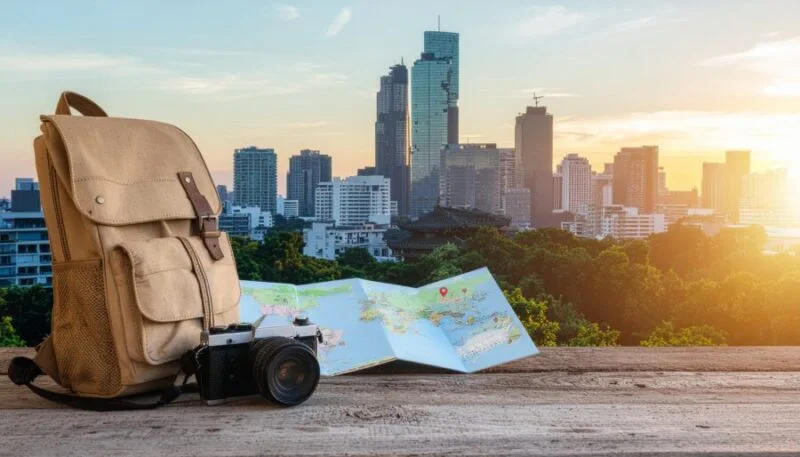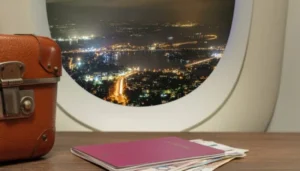Backpacking across Asia has always been a popular adventure choice for travelers seeking diverse cultures, breathtaking landscapes, and affordable experiences. However, 2025 brought significant changes to travel costs that every backpacker should know before planning their journey. Whether you’re a first-timer or a seasoned traveler, understanding these shifts can help you budget smarter and make the most of your trip.
Rising Accommodation Prices
One of the most noticeable shifts in 2025 is the increase in accommodation costs. Hostels, guesthouses, and budget hotels in popular Asian destinations such as Thailand, Vietnam, and Indonesia have seen price hikes averaging 10-15%. Several factors contribute to this rise:
- Higher demand: More travelers are returning post-pandemic, boosting tourism but also driving up prices.
- Inflation: Rising operational costs, like utilities and maintenance, have pushed accommodations to raise rates.
- Upgraded facilities: Many budget lodgings have improved amenities, justifying at least some of the price increases.
To save money, consider booking in advance or opting for less touristy locations where prices remain more stable.
Transportation Costs See Mixed Changes
Transportation across Asia plays a big role in overall travel expenses, and 2025 has brought mixed changes:
- Air travel: Regional budget airlines have adjusted prices due to fluctuating fuel costs and greater competition. While some routes are cheaper, popular routes like Bangkok to Bali can be 5-10% more expensive.
- Local transport: Trains, buses, and tuk-tuks have generally remained affordable, though a slight increase of 3-5% in areas with high tourist demand is common.
- Ride-sharing apps: Continued expansion means easier access but sometimes at premium prices during peak hours or festivals.
Using local buses and trains remains the most budget-friendly option for backpackers. Also, researching travel passes or local discounts can lower transportation expenses.
Food and Dining: Affordable and Diverse
Good news for budget travelers – street food and local eateries remain incredibly affordable in 2025. In fact, the diverse food scene in Asia continues to be an excellent way to experience culture without breaking the bank. Here’s what’s changed:
- Price increases: On average, street food costs have only increased by around 2-4%, often offset by the availability of more vendors competing for customers.
- Quality improvements: Many street food stalls have enhanced hygiene and menu options following new regulations, making them safer and more appealing.
- Tourist areas: Prices can be 20-30% higher compared to local neighborhoods; choosing where to eat can have a big impact on your budget.
For the best deals, explore markets and neighborhoods slightly off the beaten path to savor authentic dishes at lower prices.
Visa Fees and Travel Regulations
Visa policies and costs changed in several Asian countries in 2025. Backpackers need to stay updated on these adjustments as they can affect travel budgets significantly:
- Visa fee increases: Some countries, like Cambodia and Sri Lanka, raised visa application fees, with increases ranging from 10% to 25%.
- Digital visa processes: More countries have introduced or expanded e-visa systems to streamline applications, sometimes reducing processing fees.
- Longer-term visas: New long-term tourist visa options have appeared, which might offer cost-saving opportunities for slow travelers.
Before departure, reviewing the official embassy websites for updated visa information can help avoid last-minute surprises.
Activities and Entrance Fees
Places to explore and things to do are the heart of any backpacker’s journey. In 2025, some destination fees have changed in Asia:
- Popular landmarks: Entrance fees to iconic spots like Angkor Wat and the Taj Mahal have seen modest increases, averaging around 5%.
- National parks: Conservation efforts have led to slightly higher entrance fees in countries like Nepal and Malaysia.
- Local tours: Prices for guided tours vary widely, but an increase of 8-12% is typical in high-demand areas.
Booking tours directly through local operators and visiting less famous but equally beautiful spots can help keep costs manageable.



